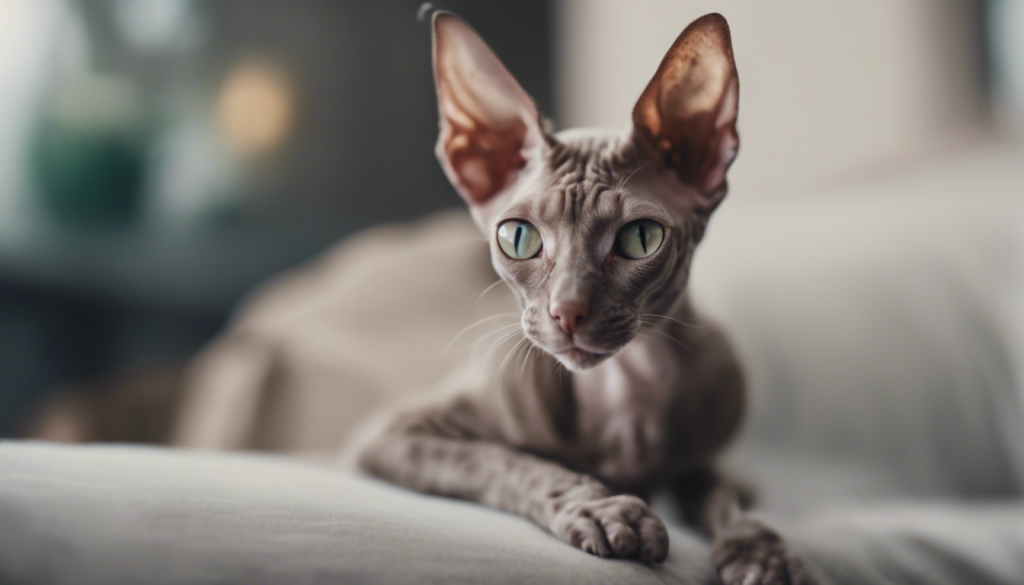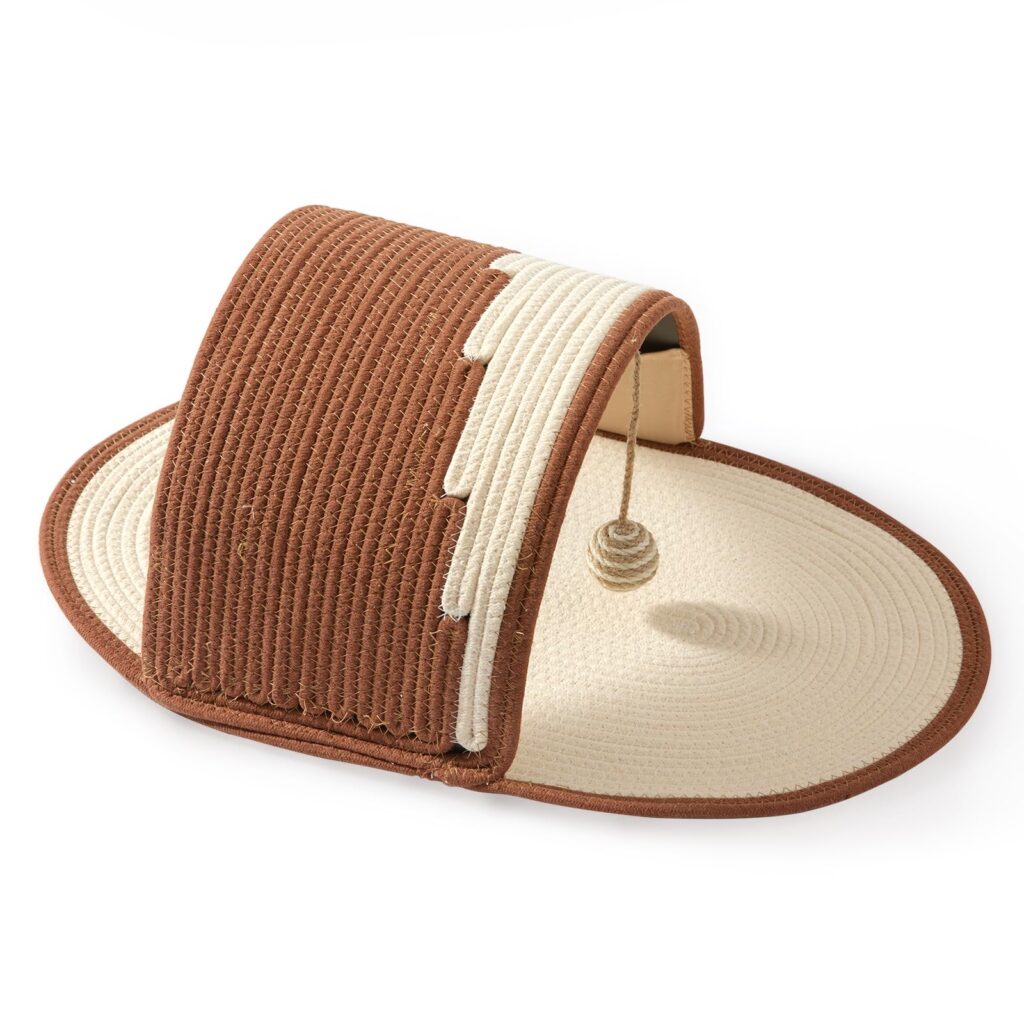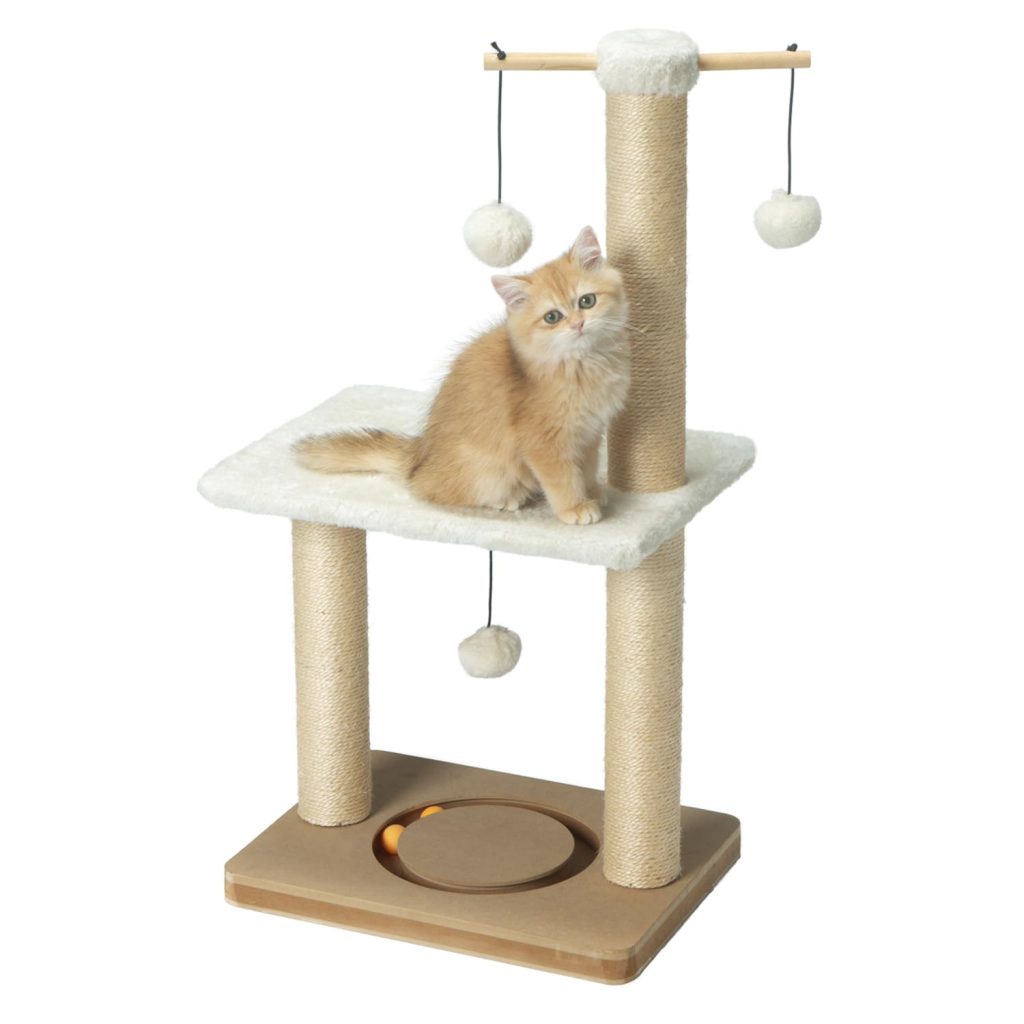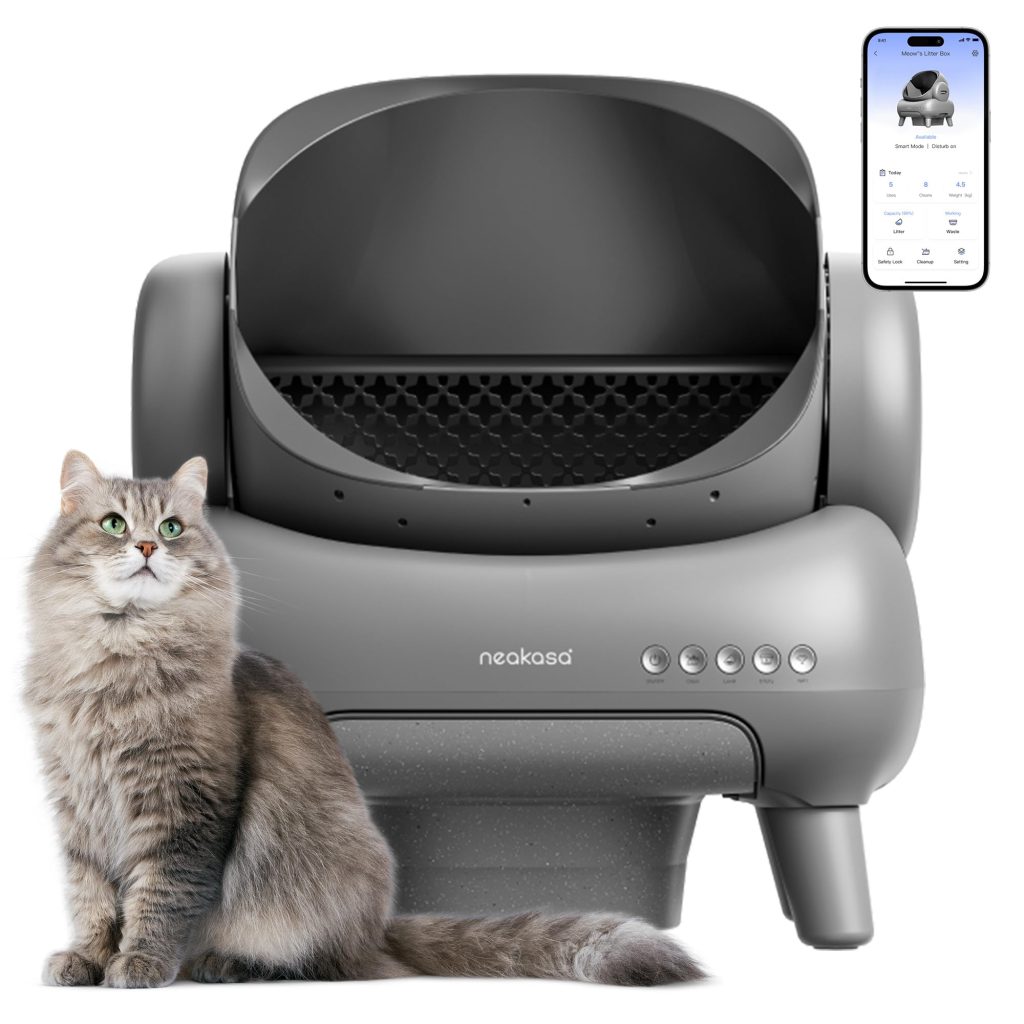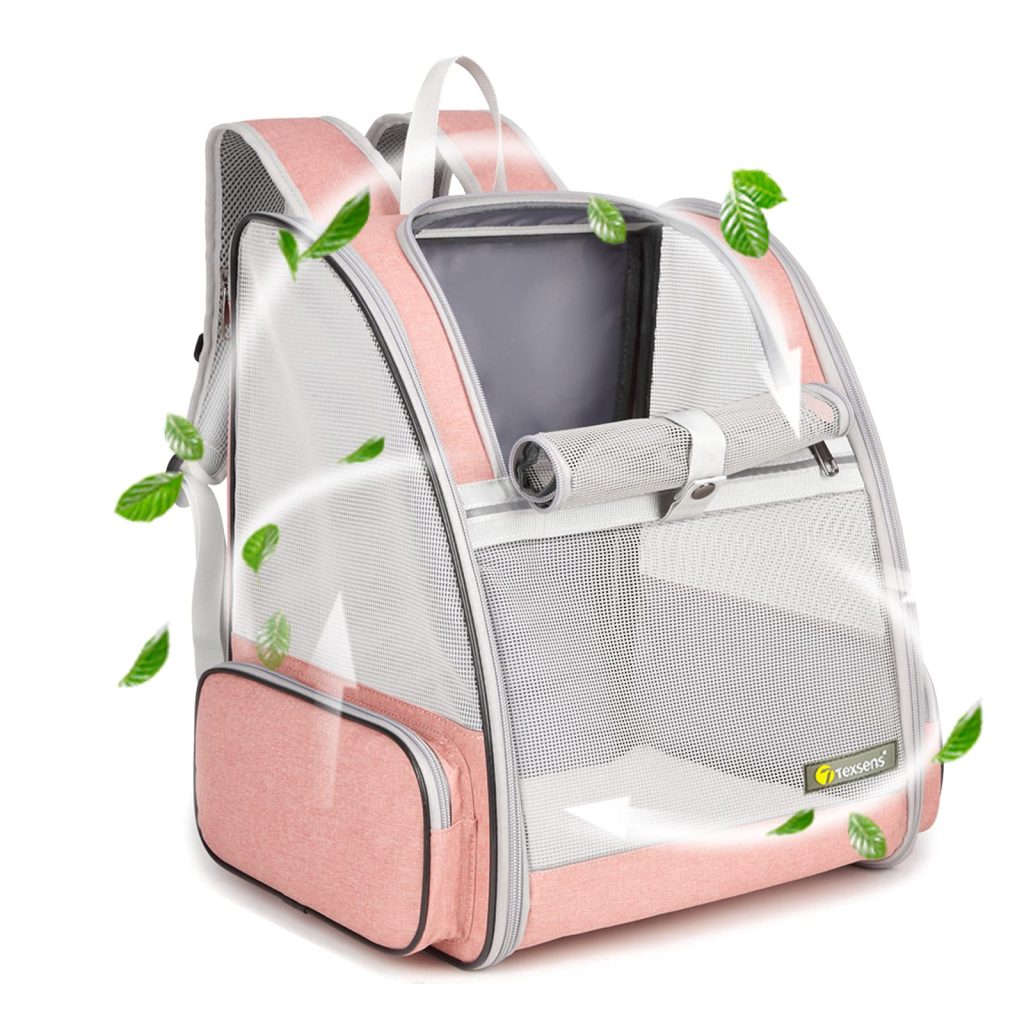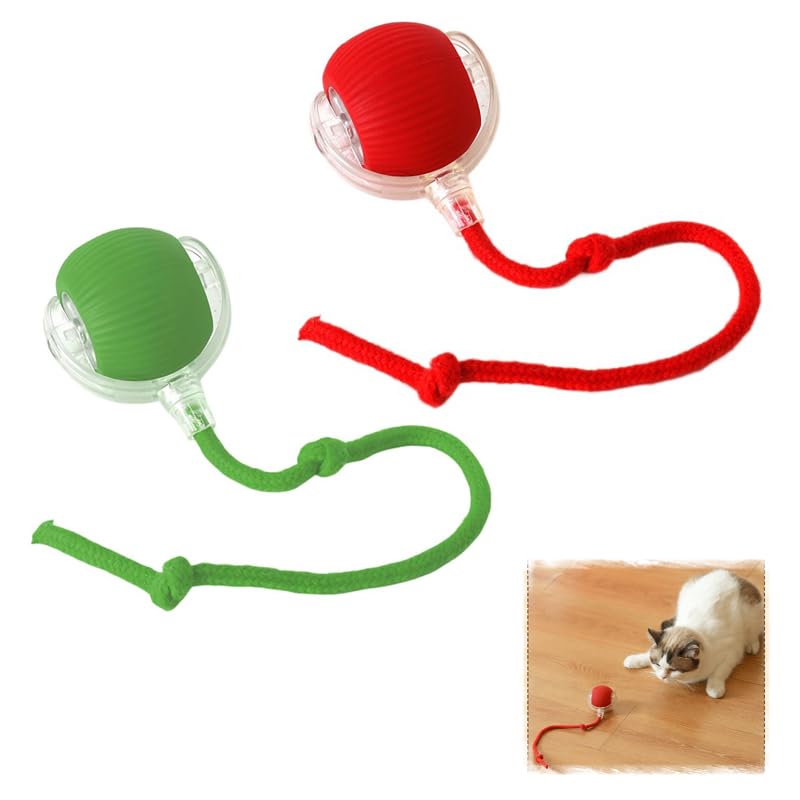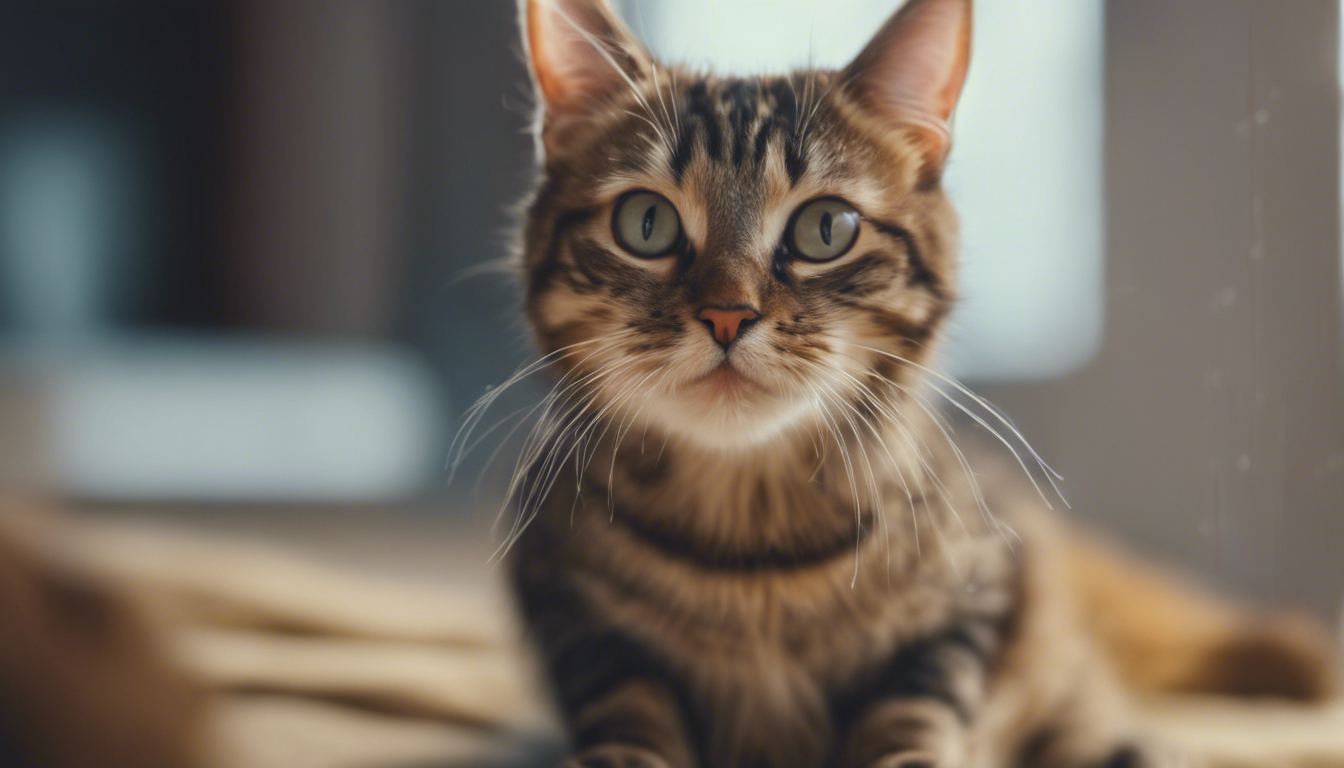
Proper grooming is essential for the overall well-being and health of cats. In addition to keeping their fur clean and free from matting, regular grooming can also help prevent and treat various claw diseases. By incorporating effective grooming practices into your cat’s routine, you can improve their quality of life and reduce the risk of claw-related problems. This article will provide practical advice and insights on how to prevent and treat cat claw diseases, with a focus on essential aspects of feline grooming.
Coat Care
A cat’s coat plays a vital role in their overall health. Regular brushing is important to prevent matting and keep the coat clean. Depending on the length and density of your cat’s fur, you may need to brush them once or twice a week or even daily. Cats with longer hair are particularly prone to matting, so they may require more frequent brushing.
To effectively groom your cat’s coat, use a brush or comb specifically designed for their fur type. Start by gently removing any tangles or mats with your fingers or a wide-toothed comb. Then, using a slicker brush or bristle brush, brush the fur in the direction it grows to remove loose hairs and debris.
Regular brushing not only keeps your cat clean but also helps distribute natural oils throughout their coat, keeping it healthy and shiny. Additionally, brushing stimulates blood flow to the skin, promoting better overall circulation.
Claw Maintenance
Proper claw maintenance is vital for cats, as their claws serve various functions, including hunting, climbing, and self-defense. Regular claw trimming can help prevent painful conditions such as ingrown claws, infections, and accidental scratches.
Start by acclimating your cat to having their paws handled from a young age. Gently touch and hold their paws during playtime or while they are relaxed. Reward them with treats and praise to create positive associations with paw handling.
When it comes to trimming your cat’s claws, choose a calm environment and ensure you have proper lighting. Use specialized cat claw clippers or human nail clippers with a straight edge. Avoid using dull or curved scissors, as these can crush and damage the claw.
Hold your cat’s paw firmly but without applying excessive pressure. Extend the claw by gently pressing the pad on the bottom of the paw. Trim only the clear, hooked part of the claw and avoid cutting into the pink area called the quick, which contains blood vessels and nerves. If your cat has dark-colored claws, exercise caution and trim small amounts at a time to prevent accidentally cutting into the quick.
Trimming your cat’s claws once every two to four weeks is generally sufficient. However, cats who don’t have access to scratching posts or outdoor environments may require more frequent trimming.
Grooming Techniques
In addition to regular brushing and claw maintenance, feline grooming involves other techniques that promote good hygiene, prevent diseases, and strengthen the bond between you and your cat.
Ear Cleaning
Cats’ ears are susceptible to getting dirty and can even develop ear mites, which can be uncomfortable and lead to infection if not treated promptly. Use a specialized ear cleaning solution recommended by your veterinarian and a soft cotton ball to gently clean the visible parts of your cat’s ears. Avoid inserting anything into the ear canal, as this can cause injury.
Eye Care
Cats often experience tear stains or discharge around their eyes. Using a clean, damp cloth or cotton ball, gently wipe away any debris or discharge from the corners of their eyes. If your cat’s eyes appear red, swollen, or have excessive discharge, consult your vet, as this may indicate an underlying health issue.
Dental Care
Oral hygiene is important for cats, as dental diseases can lead to pain and even organ damage if left untreated. Regular tooth brushing can help prevent plaque build-up and reduce the risk of periodontal disease. Use a toothbrush and toothpaste specifically formulated for cats. Introduce tooth brushing gradually, allowing your cat to get used to the taste and sensation of the toothpaste. Focus on the outer surfaces of the teeth and gently brush in circular motions. If your cat refuses tooth brushing, consider using dental wipes or treats designed to promote oral health.
Important Note: While grooming your cat is essential, always approach them with care and respect their boundaries. If your cat becomes stressed or anxious during grooming sessions, ponder seeking professional help or consulting with your veterinarian to ensure the safety and well-being of both you and your cat.
Remember, regular grooming is a wonderful opportunity to bond with your feline companion while at the same time promoting their health. By integrating coat care, claw maintenance, and other grooming techniques into your cat’s routine, you can provide them with a comfortable and hygienic living environment. However, if you notice any signs of discomfort, persistent scratching, or changes in behavior, consult your veterinarian for further evaluation and guidance. Together, you can ensure that your cat remains happy and healthy through proper grooming.
